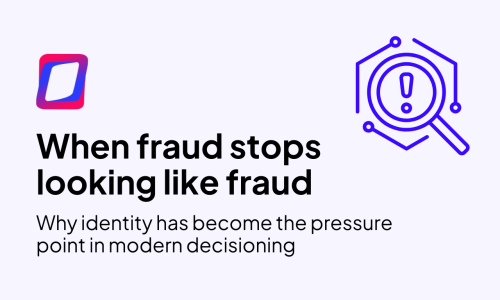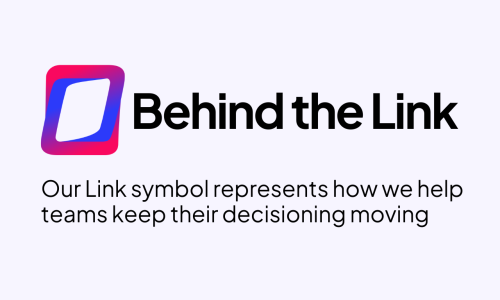What Are The Different Types of Credit Risk?
Types of Credit Risk Management In Banks
With the online marketplace booming, consumers are becoming more demanding of instant answers or loan approvals. Banks may be struggling with delivering fast service and approvals while properly measuring risks. Risks should be properly to assign the right terms.
In today’s blog, we will cover types of credit risk, methods of calculating credit risk, and how to manage it while effectively increasing loans and profits. Every time a bank loans money, there is some element of risk. Credit risk can be defined as the possibility of a loss resulting from a borrower defaulting on a loan. Credit risk can refer to both the principal and interest a lender may not collect. This can result in an interruption of cash flows. It can also cause an increase in expenses since the bank will have to send the account to the collections department. It can be challenging for banks to determine who will default on a loan or obligations therefore they must use credit risk metrics to reduce potential risk. Loans that prove to be high risk based on metrics should be assigned higher interest rates and or lower loan amounts. This can make the potential reward outweigh the risk for the bank.
Different Types of Credit Risk Management
Rating agencies can establish credit scores for individuals that banks can use to help determine default risk. The two main types of default risk are investment grade and non-investment grade. These are two main categories, but sub-categories include:
- Credit Spread Risk: Credit spread risk is typically caused by the changeability between interest and risk-free return rates.
- Default Risk: When borrowers cannot make contractual payments, default risk can occur.
- Downgrade Risk: Risk ratings of issuers can be downgraded, thus resulting in downgrade risk.
- Concentration Risk or Industry Risk: When too much exposure is placed to any industry or sector, investors or financial institutions can be at risk for concentration risk.
- Institutional Risk: Banks may encounter institutional risk if there is a breakdown in the legal structure. Institutional risk may also occur if there is an issue with an entity that oversees the contractual agreement between a lender and a debtor.
How Credit Risk Can Be Calculated?
While predicting who will default on loans is nearly impossible, banks should still focus on measuring credit risk.
Option 1:
Credit Risk = Default Probability x Exposure x Loss Rate
Term Key:
- Default Probability: Determine the probability that the debtor will default on their payments.
- Exposure: Total amount the bank or lender expects to collect over the life of the loan.
- Loss Rate: The loss rate is simply a 1-Recovery Rate, and the Recovery Rate is the proportion of the total exposure that can be collected if the debtor reneges on payments.
Option 2:
- Determine the borrower’s FICO score. This can help banks determine a borrower’s creditworthiness, thus allowing them to establish the potential risk.
- Calculate the debt-to-income ratio. This can help banks determine an individual’s financial status. Do they have enough cash flow to cover the monthly payment? Is the individual consistently borrowing more and more money? Banks should be more motivated to capture loans with borrowers with a debt-to-income ratio of less than 35%.
- Evaluate potential debt. If a borrower has three credit cards with a combined spending limit of $30,000 and a current combined balance of $10,000, the potential debt is $20,000. Banks should take into consideration potential debt when determining credit risk.
Effective methods for measuring credit risk can reduce potential losses and help banks make better loans. When measuring credit risk, banks should focus on the five C’s: credit history, capacity to repay, capital, associated collateral, and the loan’s conditions. In our current market, banks are seeing more and more loan applications come in electronically. Most banks rely on credit risk software to deliver fast decisions and service to customers, and credit risk software can be customized to manage risk for your financial institution successfully.
Ways to Manage Credit Risk
To manage credit risk, use credit risk software like GDS Link. GDS Link specializes in offering the most effective credit risk software for banks. In addition to improving credit risk management, GDS Link can provide solutions, analytics, and advisory services to drive growth. Implementing GDS Link can help banks lend more while reducing risk and delivering an end-to-end digital loan experience.
Learn more about our solutions here or request a demo to get started.
Sources:
Credit Risk Analysis – Corporate Finance Institute
Related Risk Management Articles
- Benefits & Risks of Mobile Banking
- Risk Management & Data Analytics for Small Businesses
- Top 10 Challenges of Credit Risk Management
- Credit Risk Scorecard Model Development, Monitoring & Reporting
- Risk Analytics Foundational to Broad Financial Services Innovation
- What Are The Different Types of Credit Risk
- Why Credit Risk Management is Important for Credit Unions
- Credit Risk Modeling
Recent articles

When Fraud Stops Looking Like Fraud
Read article
Behind the Link
Read article





